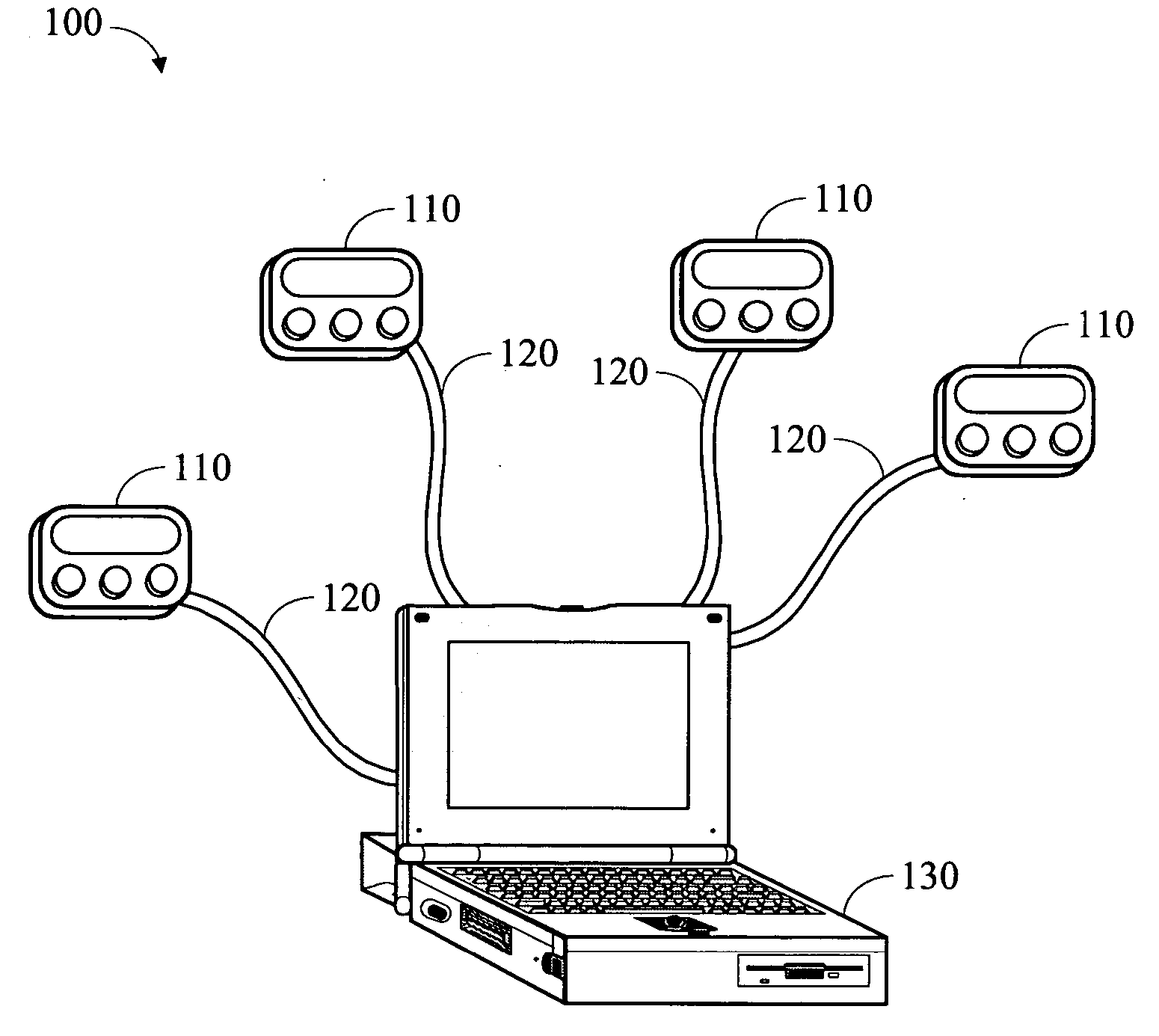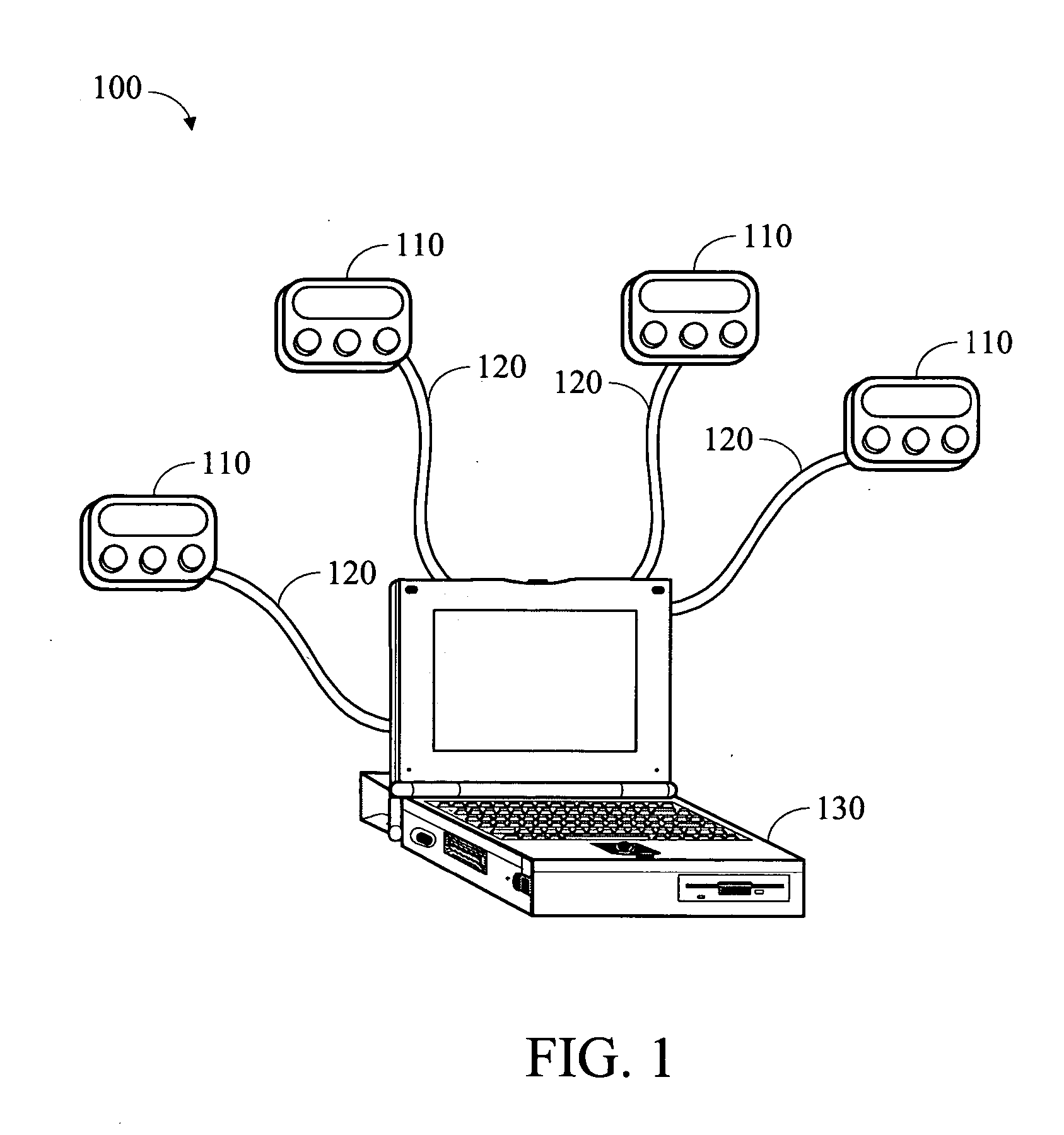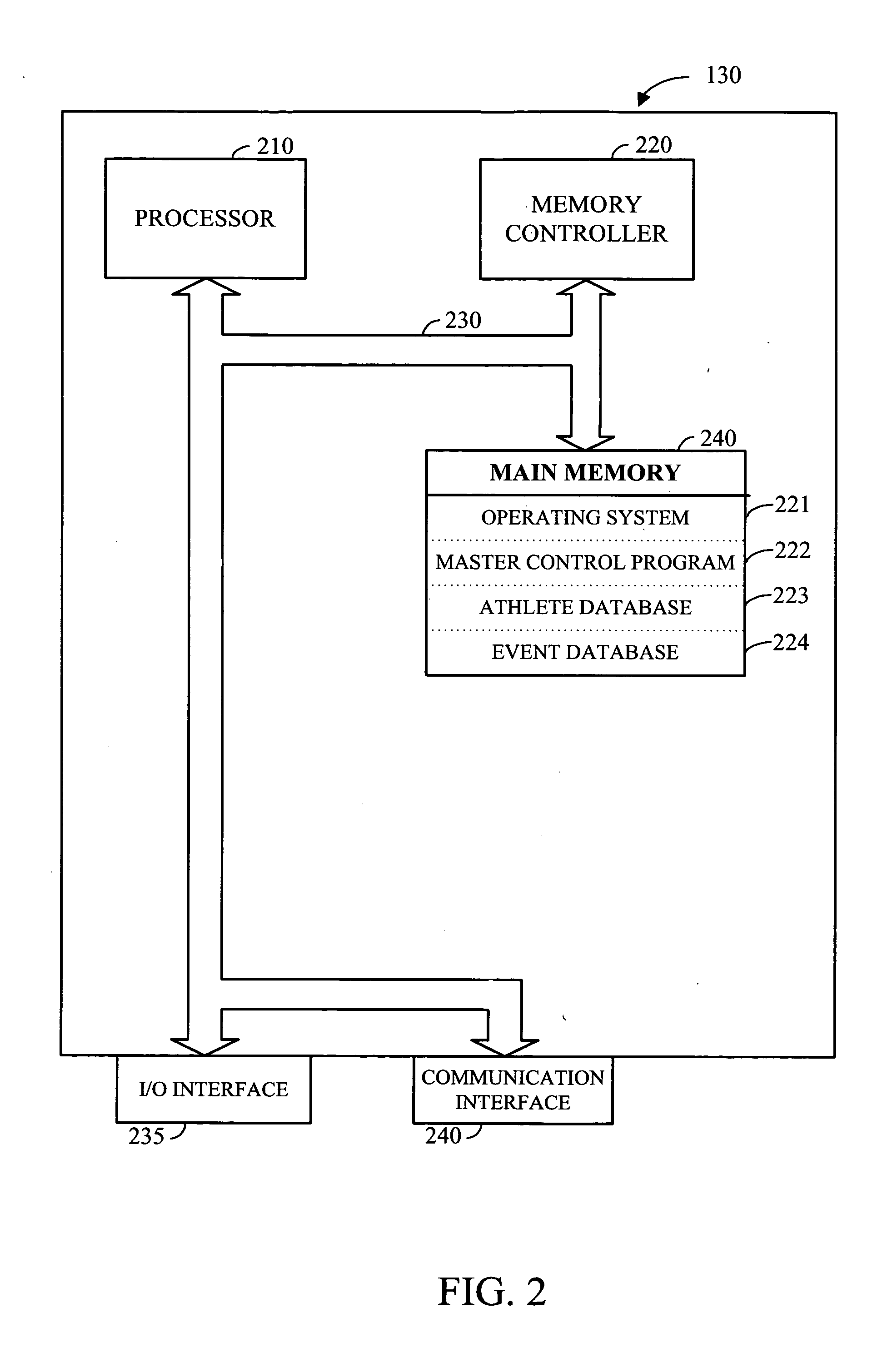Method and apparatus for precision pacing
a technology of precision pacing and apparatus, applied in the field of programable electronic devices, can solve the problems of hampering the ability of athletes to perform at the highest levels, unable to develop and implement proper pacing techniques, and limited extent, so as to enhance training and maximize performance
- Summary
- Abstract
- Description
- Claims
- Application Information
AI Technical Summary
Benefits of technology
Problems solved by technology
Method used
Image
Examples
Embodiment Construction
[0018] The present invention provides an apparatus and method for calculating and outputting an audio and / or a visual and / or tactile indicator, thereby transmitting a specific series of pacing signals or instructions for a given athlete for a pre-determined series of segments for a given event. By repetitively using the output of the pacing device during training sessions, an athlete can learn the appropriate pace to maximize training and performance for a given event. For the purpose of illustration, the present invention will hereinafter be described in the context of a runner training for a race or running in a race. However, those skilled in the art will recognize that the principles described in conjunction with the various preferred embodiments are easily adapted for other sports such as swimming, speed skating, and the like.
[0019] Referring now to FIG. 1, a training apparatus 100 in accordance with a preferred embodiment of the present invention comprises: a computer 130; at...
PUM
 Login to View More
Login to View More Abstract
Description
Claims
Application Information
 Login to View More
Login to View More - R&D
- Intellectual Property
- Life Sciences
- Materials
- Tech Scout
- Unparalleled Data Quality
- Higher Quality Content
- 60% Fewer Hallucinations
Browse by: Latest US Patents, China's latest patents, Technical Efficacy Thesaurus, Application Domain, Technology Topic, Popular Technical Reports.
© 2025 PatSnap. All rights reserved.Legal|Privacy policy|Modern Slavery Act Transparency Statement|Sitemap|About US| Contact US: help@patsnap.com



